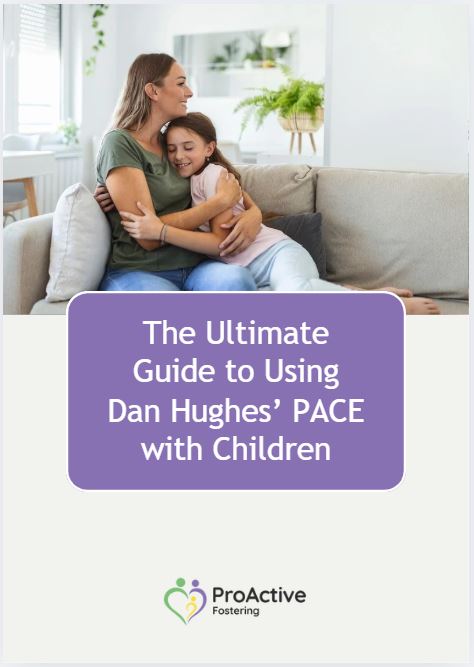
Build trust, connection, and emotional security with children through Playfulness, Acceptance, Curiosity, and Empathy.
For children in care, connection is the foundation of healing. By using PACE, you can help children feel safe enough to trust, regulate their emotions, and form healthy relationships.
Understanding & Supporting Foster Children Can Be Challenging
Children in care often struggle with trust, emotional regulation, and attachment due to past trauma and instability. Many have developed defensive behaviours as a way to protect themselves from further hurt.
As a foster carer, you may find yourself wondering:
The PACE approach, developed by Dr. Dan Hughes, is a powerful framework designed to help children feel safe, valued, and understood—so they can begin to trust and heal.
What is PACE & Why Is It So Effective?
PACE stands for Playfulness, Acceptance, Curiosity, and Empathy—four essential elements that help children build trust and regulate emotions.
Why PACE Works for Foster Children:
Traditional discipline methods often increase shame and fear, pushing children further away. PACE offers a relationship-first approach, where connection comes before correction.
In this downloadable resource, you’ll learn:
Click the blue button below to Download the Guide
Our goal is to enhance quality of life for everyone with a compelling emphasis on the benefits of healthy, therapeutic relationships.